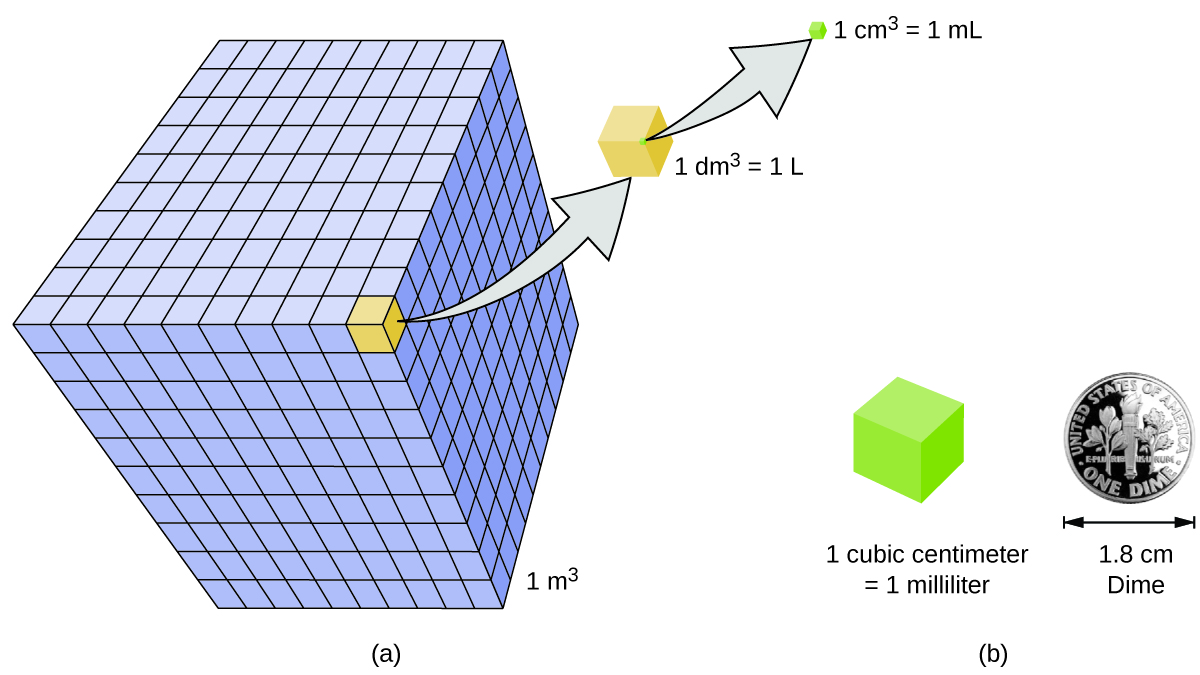Displacement is used to calculate the compression ratio of an engine and is used to indicate the size of an engine.
Measuring cylinder sizes in cm3.
The formula for the volume of a cylinder is height x π x diameter 2 2 where diameter 2 is the radius of the base d 2 x r so another way to write it is height x π x radius 2 visual in the figure below.
It is the combined capacity for all cylinders of the engine added together while it completes its one cycle.
The volume of a hollow cylinder is equal to 742 2 cm 3.
Graduated cylinders are manufactured in sizes ranging from 5 ml to 2000 ml.
P 1 is the pressure of the compressed gas in the cylinder psi v 1 is the internal volume of the cylinder often referred to as water volume liter p 2 is the atmospheric pressure 1 atm 14 7 psi v 2 is the volume of gas at pressure p 2 liter for example an al sized cylinder is filled with nitrogen at 2000 psi.
For accuracy the volume on graduated cylinders is depicted on scales with 3 significant digits.
100ml cylinders have 1ml grading divisions while 10ml cylinders have 0 1 ml grading divisions.
It s important to do this because it ensures.
It s essentially a measure of the volume of all of the cylinders in a motor combined.
This is a process whereby we physically measure the volume of the combustion chamber.
Graduated cylinders are sometimes used to measure the volume of a solid indirectly by measuring the displacement of a liquid.
This mean titre has a value that is more accurate than the burette can measure.
First measure the diameter of the base usually easier than measuring the radius then measure the height of the cylinder.
Glass is easier to clean but more fragile and expensive than plastic.
Volume of a cylinder formula.
If you want to calculate how much plasticine you can put inside the cardboard roll use the standard formula for the volume of a cylinder the calculator will calculate it in the blink of an eye.
Thus a 10 ml graduated cylinder will be accurate to within 0 1 ml.
Rather than doing the math yourself check out this handy engine conversion chart that will tell you the cubic inches cubic centimeters and liters of popular engine sizes.
For example if a four cylinder engine has a capacity of 1000cc or 1 0l that means all the four cylinders can together accommodate a maximum of 1000 cubic centimeters or 1 0l of the volume of air or the air fuel mixture in them.
As with beakers and flasks graduated cylinders are available in either glass or plastic.
Engine displacement is the swept volume of air displaced by all of the pistons in an internal combustion engine.
Remember that the result is the volume of the paper and the cardboard.
Before liters became the typical unit for measuring engine displacement cubic inches was the standard way of determining engine size.

